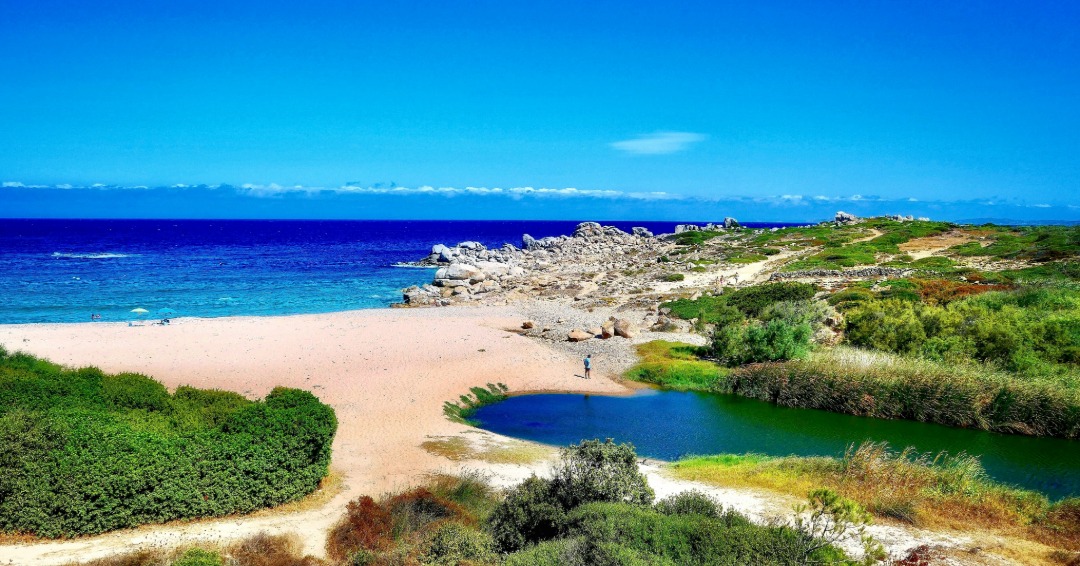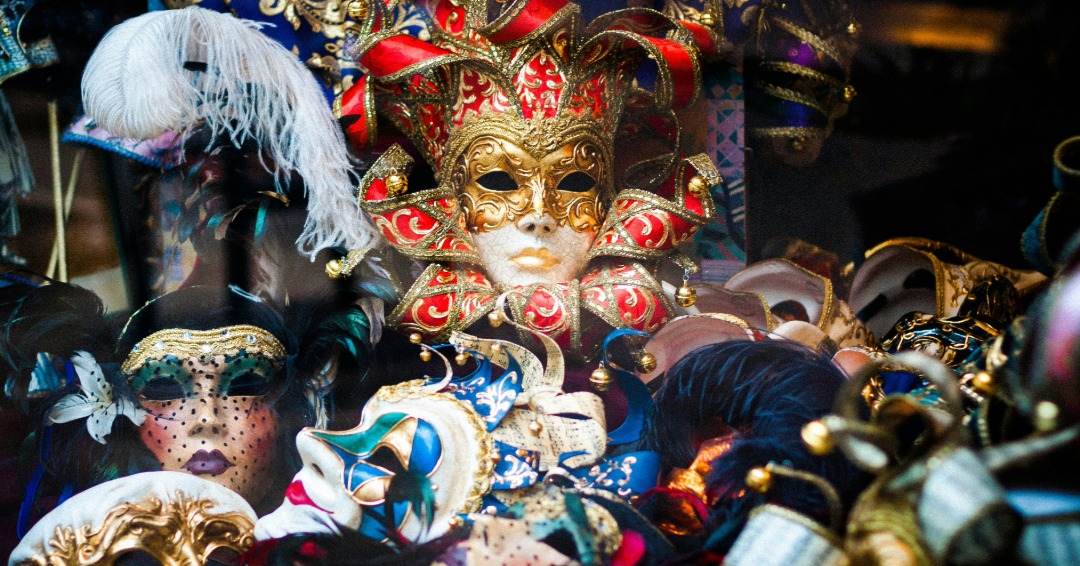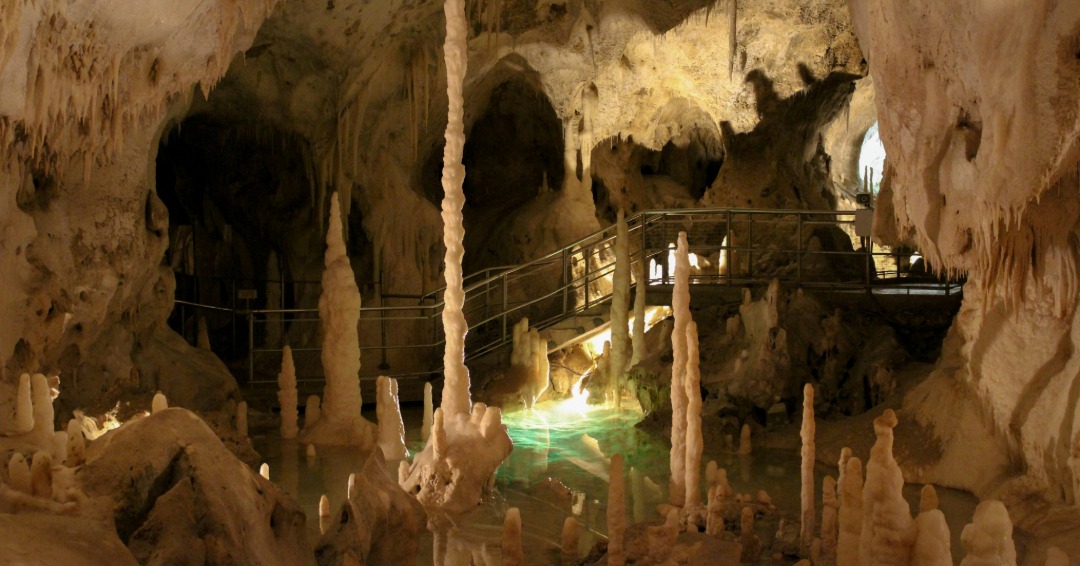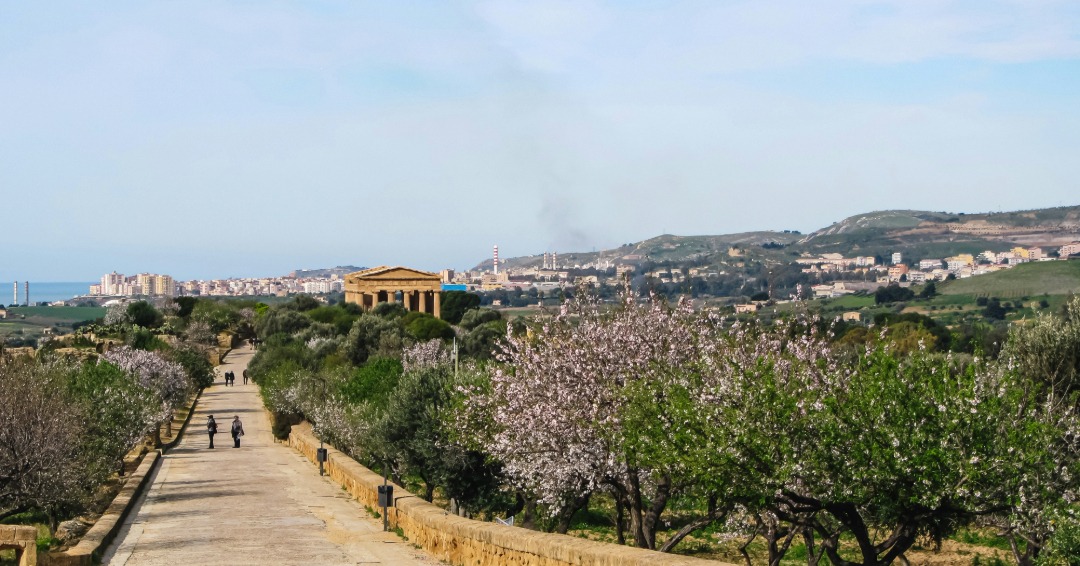
Sardinia is not just a destination, it’s an experience to be passionately lived on four wheels. Imagine waking up each morning to a new setting, from crystal-clear beaches to lush mountains—all made possible by Agricamper, your ideal travel companion for exploring the island with a caravan, motorhome, or van. Before diving into the Sardinian wonders, why not check out our app? Download our app and try the free Demo version to discover where you can make your next stop in nature.
First Stop: Olbia and the Costa Smeralda
Olbia, the perfect starting point for your Sardinian journey, offers more than just convenient access to the lush beaches of Costa Smeralda. This city, rich in history, features significant archaeological sites such as the nuraghe complexes and the Giants’ Graves dating back to the Bronze Age. As you stroll through the historic center, you can discover the ancient church of San Simplicio, dating back to the Middle Ages, and enjoy a coffee in one of the lively cafes on Corso Umberto.
After exploring Olbia, head to the Costa Smeralda, a stretch of coastline famous worldwide for its emerald waters and exclusive resorts. Capriccioli, Romazzino, and Liscia Ruja are just some of the enchanting beaches where crystal-clear waters meet ultra-fine white sands, perfect for a day of relaxation under the Sardinian sun. In the evening, Porto Cervo offers a vibrant social scene with its luxurious yachts, high-fashion boutiques, and gourmet restaurants, making this location a perfect blend of natural beauty and glamour.
Second Stop: Cala Gonone and the Gulf of Orosei
Continue south to Cala Gonone, nestled on the eastern coast of Sardinia, serving as a gateway to the famous Gulf of Orosei, renowned for its crystal-clear waters, remote beaches, and wild nature. This area is a true paradise for outdoor enthusiasts, offering a wide range of activities from mountain trail hiking to kayaking along the coast.
The uniqueness of the Gulf of Orosei lies in its limited accessibility: many of its beaches, like Cala Luna, Cala Sisine, and Cala Mariolu, can only be reached by sea or through challenging hiking trails, making them pristine refuges away from the crowds. These coves offer not only beautiful waters for swimming and snorkeling but also breathtaking scenery, with rocky walls rising directly from the water and ancient holm oak forests providing cool shade on hot days.
For those seeking a more extreme adventure, trekking in the Supramonte of Oliena offers trails that wind through limestone landscapes and panoramic sea views.
Third Stop: Arbatax and the Red Rocks
Your adventure continues in the picturesque Arbatax, a location that stands out not only for its charming beaches but also for the extraordinary Red Rocks. These red porphyry formations emerge directly from the sea, creating a stunning visual contrast with the deep blue waters surrounding them. It’s an ideal place for natural photography enthusiasts and those seeking unique landscapes to admire at sunset.
Arbatax is also an excellent starting point for exploring the natural beauties of the region, like the Grotta del Fico caves and the Oasi di Bidderosa. These areas offer numerous opportunities for hiking, birdwatching, and diving in crystal-clear waters. Not far from Arbatax, there’s also Lake Cedrino, where you can organize kayak excursions amid lush greenery and absolute tranquility.
Fourth Stop: Orgosolo and the Heart of Barbagia
Heading inland, you’ll reach Orgosolo, a small village nestled in the heart of Barbagia that offers a unique perspective on a more authentic and lesser-known Sardinia. This village is famous for its vibrant and expressive murals that adorn the facades of houses, transforming the streets into an open-air art gallery. These artworks are much more than decorations; they tell the stories of the local community, expressing themes of social struggle, politics, and Sardinian culture.
Orgosolo is also known for its deep sense of community and for the cultural traditions that have been proudly preserved by its inhabitants. During your visit, you might have the opportunity to attend an authentic village festival or a demonstration of traditional Sardinian singing, such as the canto a tenore, recognized by UNESCO as an Intangible Cultural Heritage of Humanity.
The surrounding area of Orgosolo also offers splendid opportunities for hiking, with trails winding through cork oak forests and breathtaking mountain landscapes. A hike in the Supramonte of Orgosolo will allow you to explore natural caves, hidden water pools, and ancient nuragic sites, immersed in untouched nature.
Fifth Stop: Cagliari and Surroundings
After the hinterland, head south to Cagliari, the Sardinian capital. The city offers a variety of attractions ranging from ancient architecture to modern urban comforts. Start by exploring the historic district of Castello, located at the city’s highest point, where you can visit the Cathedral of Santa Maria and the Royal Palace. Don’t miss the chance to walk along the ancient walls and climb up to the Bastione di Saint Remy, from which you can enjoy a spectacular panoramic view of the city and the harbor.
After exploring the historical heart, head to the San Benedetto market to immerse yourself in local flavors. Here, you can taste typical products like bottarga di muggine and pane carasau, or buy fresh fish.
For a relaxing afternoon, take a stroll in the Parco di Molentargius, a natural oasis where you can observe pink flamingos in a setting of salt pans and fresh water. This park offers a surprising contrast with the urban landscape and is an example of how nature and the city can coexist harmoniously.
Finally, dedicate some time to the beautiful beaches surrounding Cagliari, such as Poetto, which stretches for nearly 8 kilometers and offers both equipped areas and stretches of free beach.
Sixth Stop: Oristano and the Costa Verde
Continue your journey to Oristano and the Costa Verde, which offer a charming combination of ancient history and wild nature, perfect for those seeking an authentic experience away from the usual tourist paths.
At the heart of this region, Oristano itself stands out for its rich cultural heritage, highlighted by monuments like the Cathedral of Santa Maria Assunta and the Tower of Mariano II. Not far from the city, the Sinis Peninsula protects Phoenician and Roman ruins like those at Tharros, offering a fascinating glimpse into the island’s ancient past.
The beaches of the Costa Verde are a paradise for nature lovers, with their vast sands surrounded by high dunes and lush vegetation creating a landscape almost suspended in time. Here, crystal-clear waters and constant winds attract surfers from around the world, while the beaches of Is Arutas and Mari Ermi are famous for their sand composed of tiny quartz grains, a natural phenomenon that enchants visitors.
In addition, the area offers unique opportunities for bird watching and other outdoor activities, making Oristano and the Costa Verde an area of significant interest both for history enthusiasts and nature lovers.
Seventh Stop: Alghero and Capo Caccia
Travel along the western coast to Alghero, a city with a strong Catalan influence. This charming city not only boasts architecture rich in history, such as the Catalan walls that surround it and the majestic Cathedral of Santa Maria, but also offers a delicious cuisine that blends Italian and Catalan flavors. The promenade is the perfect place for an evening walk, where the sunset paints the sky in vibrant colors.
Not far from Alghero, the promontory of Capo Caccia stands majestically as a natural beacon marking the northwestern edge of the island. This imposing limestone cliff is famous for its breathtaking panoramic views and for the Neptune’s Caves, accessible by sea or through the picturesque staircase of 656 steps known as the Escala del Cabirol. Inside the caves, stalactites and stalagmites create an underground world of surreal shapes and sparkling ponds.
The area around the promontory is also an important marine and terrestrial reserve, a paradise for hiking and diving enthusiasts who wish to explore the rich marine biodiversity or the rare species of birds that nest on the cliffs.
Eighth Stop: Sassari and Castelsardo
Sassari, one of the island’s oldest cities, is a vibrant cultural center, famous for its well-preserved historic center. As you walk through the city streets, visitors can admire magnificent buildings such as the Cathedral of San Nicola, with its majestic facade and richly decorated interiors, and the Ducal Palace, which once housed the city’s rulers. The city is also a center of cultural activities with numerous events and festivals, particularly the Candelieri festival, a historic procession that takes place every year and attracts spectators from all over the island.
A short drive away, Castelsardo is an enchanting medieval village perched on a rocky promontory overlooking the Gulf of Asinara. Its castle, dating back to the 12th century, is an imposing landmark that offers breathtaking panoramic views of the sea below. The village is famous for its maze of narrow, picturesque streets, lively local craft shops, and restaurants serving fresh fish and traditional Sardinian dishes. Castelsardo maintains an authentic and tranquil atmosphere, making it the ideal place for those looking to immerse themselves in local history and culture away from the more touristy routes.
Ninth Stop: La Maddalena and Caprera
Conclude your Sardinian tour by returning north to Palau, to ferry to the La Maddalena Archipelago. La Maddalena and Caprera are two gems of the archipelago located northeast of Sardinia, famous for their pristine natural beauty and rich history.
La Maddalena, the main island, is a lively settlement that offers a delightful combination of culture, history, and nature. Its cobblestone streets are lined with picturesque pastel-colored houses and artisan shops, where the atmosphere of the past blends with the vibrancy of modern cafes and restaurants.
Caprera, connected to La Maddalena by a bridge, is famous for having been the last residence of Giuseppe Garibaldi. His house, transformed into a museum, preserves memorabilia and tells the life of the revolutionary, attracting visitors interested in Italian history. Beyond its historical value, Caprera is renowned for its extraordinary natural beauties; it is a biodiversity sanctuary, with hiking trails winding through Mediterranean scrub landscapes and offering breathtaking views of the crystal-clear waters.
The islands are surrounded by turquoise waters and white sandy beaches, such as Spalmatore and Bassa Trinita, which are among the most admired in the entire Mediterranean. The sea around the archipelago, protected as a national marine park, is a paradise for snorkeling and diving enthusiasts, who come here to explore the seabeds rich in marine life and sunken wrecks.
Conclusion
Exploring Sardinia in a motorhome or caravan is an adventure that combines natural wonders, historical riches, and vibrant cultures in a unique travel experience that offers a different and profound taste of island life at every stop.
To make your journey even more enjoyable and worry-free, remember to download the Agricamper app and purchase a membership to enjoy all the conveniences our service can offer.
Every stop will become a moment of discovery, relaxation, and connection with the land and its people. Get ready to discover Sardinia like never before, with the freedom and authenticity that only a motorhome journey can offer.
If you enjoyed this tour, don’t miss our article dedicated to a fascinating on-the-road itinerary in Sicily!
Happy travels!





